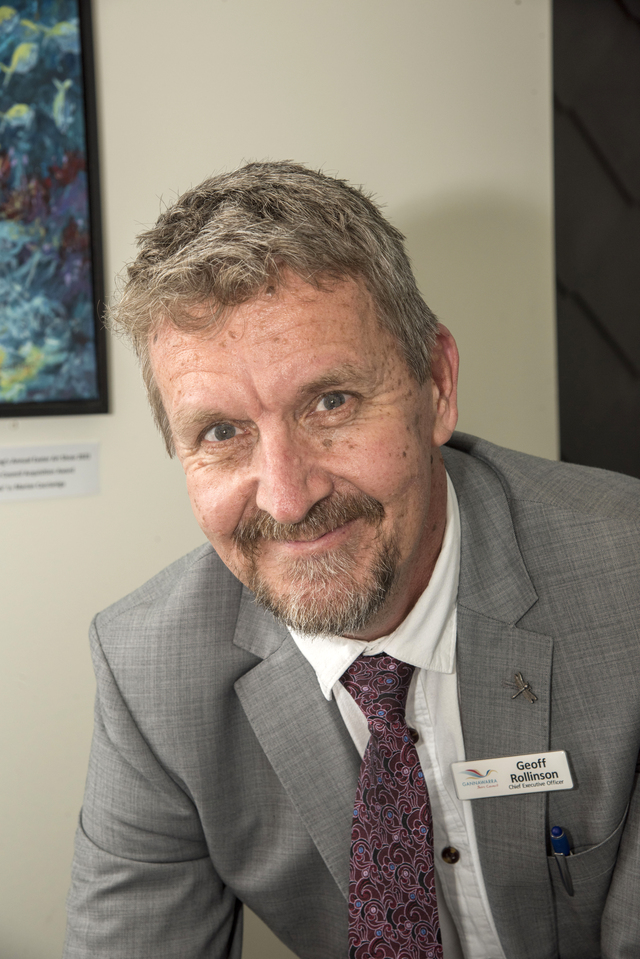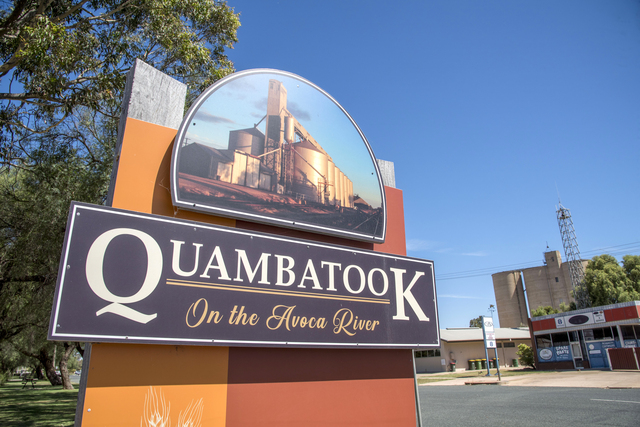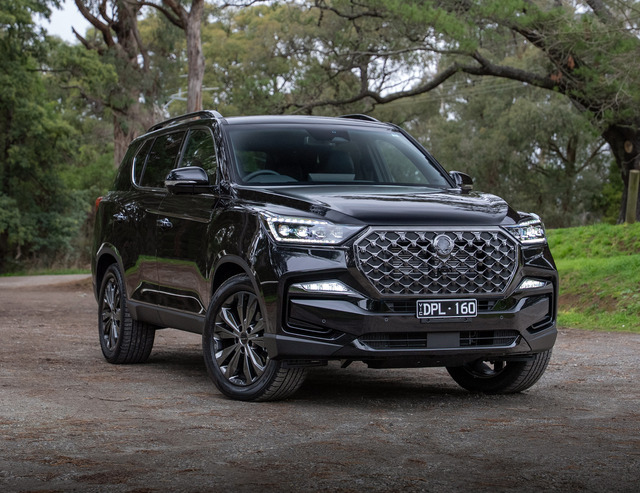IN response to the letter to the editor from Helen Zervopoulos (Gannawarra Times, July 2), I would like to correct some mistruths and assumptions.
Her inference was that those opposing the proposed VHM mineral sands mine and processing plant at Lalbert were led by a group of “politically motivated” environmental activists and that local farmers “fell victim to the propaganda of a group of self-righteous environmental crusaders”.
For the benefit of readers, I will present the facts.
VHM proposes a 24-hour open-pit mine and rare-earth processing plant about 3.5km from Lalbert, on the Cannie ridge, prime grain- producing farmland.
The area is populated by generational farming families. Those families in the vicinity of the project will be unable to remain in their homes if the project is to proceed.
On March 25 this year, the Minister for Planning-appointed inquiry and advisory committee held a public inquiry into the environmental effects statement released in November 2023 by the proponent, VHM. The hearing ran for six weeks and was held in both Melbourne and Swan Hill.
Members of the public were invited to make written submissions before the hearing and were offered the opportunity to speak at the hearing.
One hundred and eighty-two submissions were put before the hearing. Only 36 of those were listed as for the proposal.
Of these 36, 19 were from employees and shareholders of VHM.
The vast majority of the submitters against the proposed project were concerned farmers, their families and local residents and business owners of both Swan Hill and Kerang.
The IAC hearing heard from experts in the fields of hydrology, radiation, health, air quality, noise, soils and economics.
These experts all expressed grave concerns with the proposed project. Australia’s pre-eminent hydrologist, Dr Phillip McCumber, spoke of the high risk of groundwater, contaminated with the toxic chemicals used to process the mineral sands and rare earths, finding its way to natural waterways and lakes including Lake Tyrrell to the west and the Avoca River system to the east, as well as creating saline areas in nearby farms.
The Environment Protection Authority took part in the hearing. In their closing submission, the EPA stated that with the information presented to them throughout the inquiry, they could not recommend that the project proceed.
The reason why so many members of the public opposed this project and voiced their concern is not because they were brainwashed by environmental activists. It’s because, like the experts at the hearing and the EPA, they recognise the risks this unprecedented, proposed project entails.
Granted, there will be a small number of niche businesses and individuals that will financially benefit should the project proceed. However, the reality for the good folk of Swan Hill, Kerang and surrounds will be this:
● Increased demand on an already overstretched housing supply, causing even higher unaffordability.
● Rental availability to decrease and rents to increase, making it harder to attract people to the area.
● business owners already struggling to find employees will be competing with VHM for the limited pool of available staff.
● Increased traffic, noise and contaminated dust from the proposed twenty-four hour a day operation.
● Social cohesion issues that have inflicted other mining towns.
Given Helen Zervopoulos stated she is an “out-of-town Kerang investor”, she will not be one of the residents dealing with this new reality. There will be no “net gain” for the region.
I ask the reader to look past the dollar signs blinding some, do their research on this project, and come to their own conclusion.
John Fogarty
Mine Free Mallee Farms







